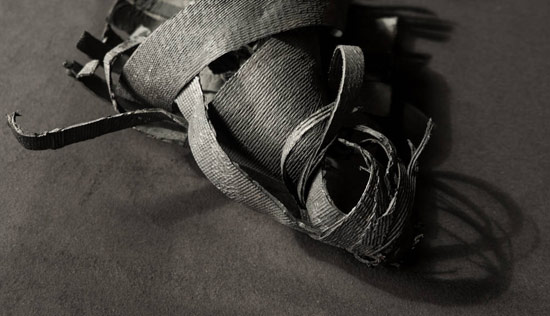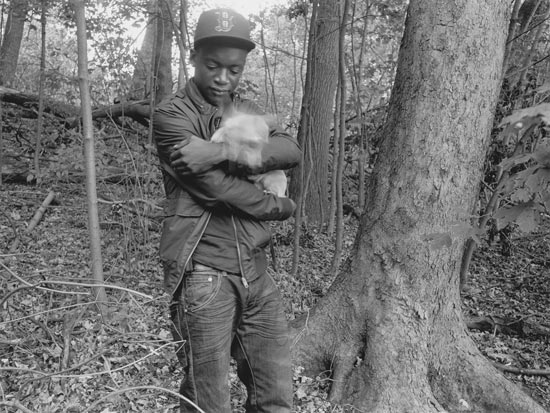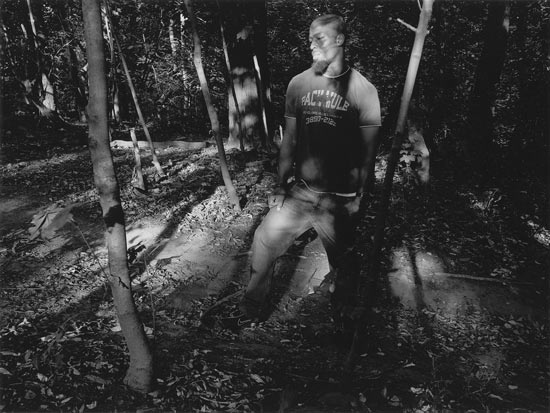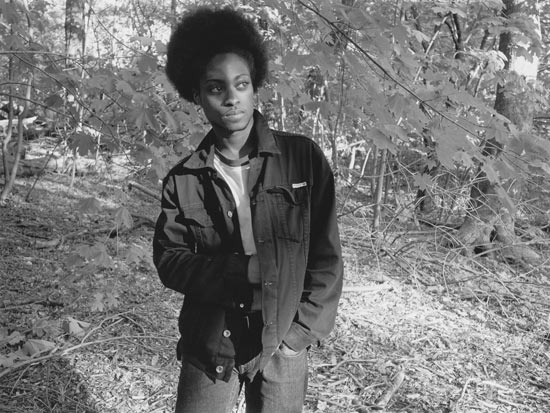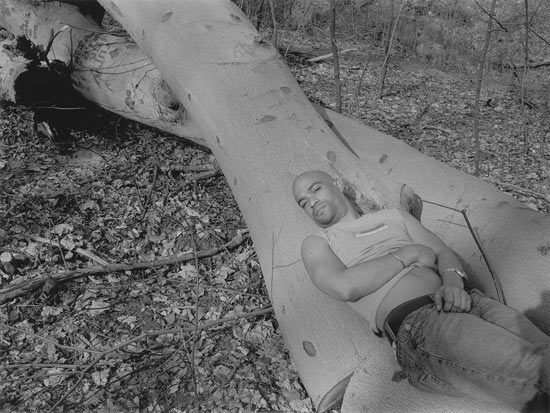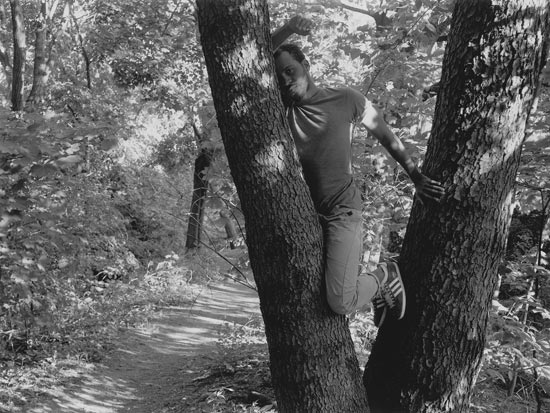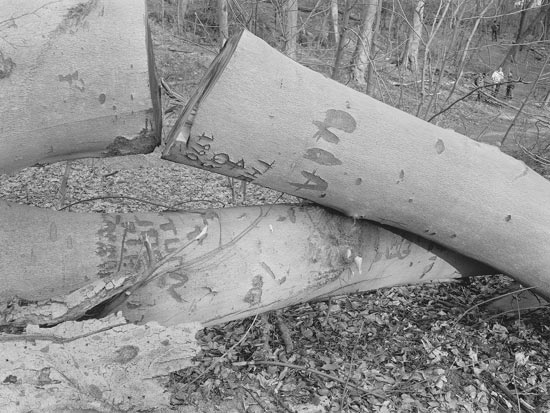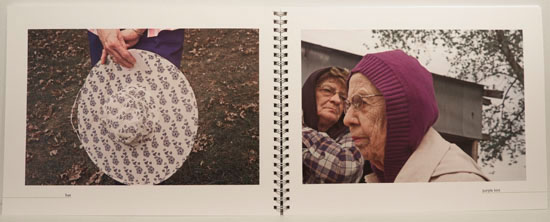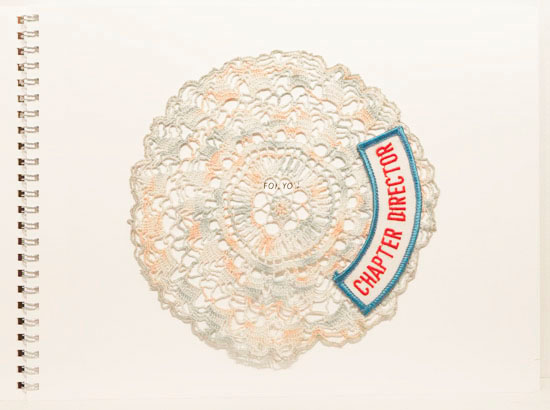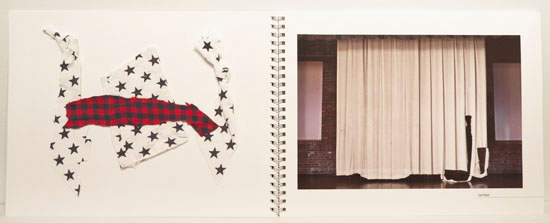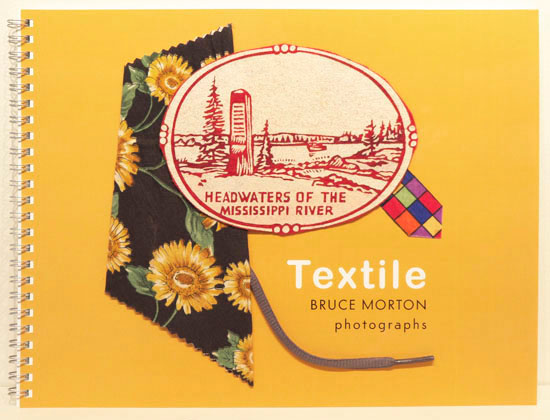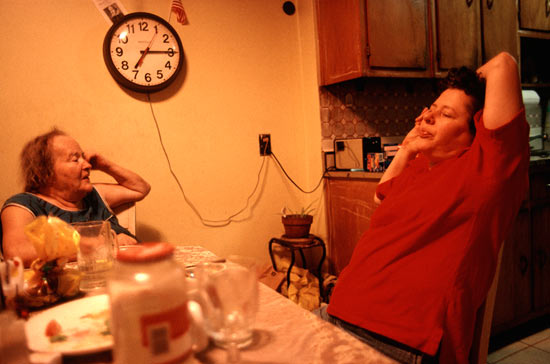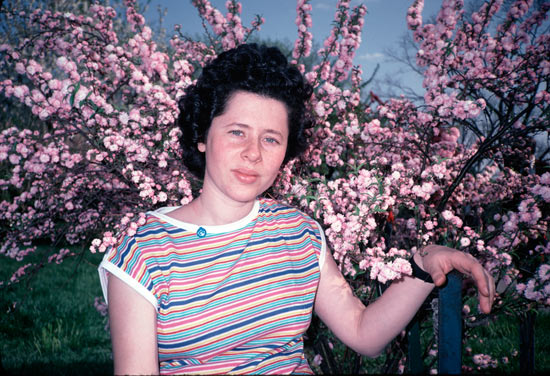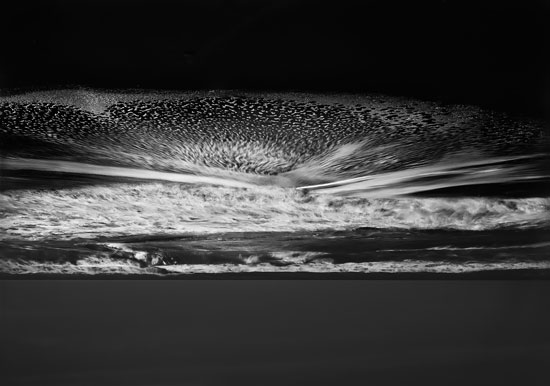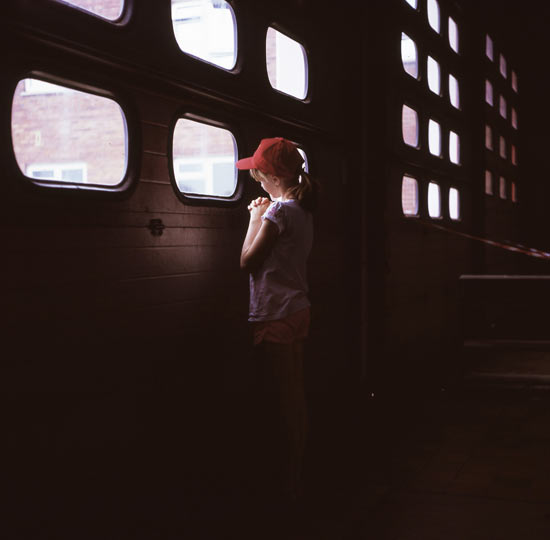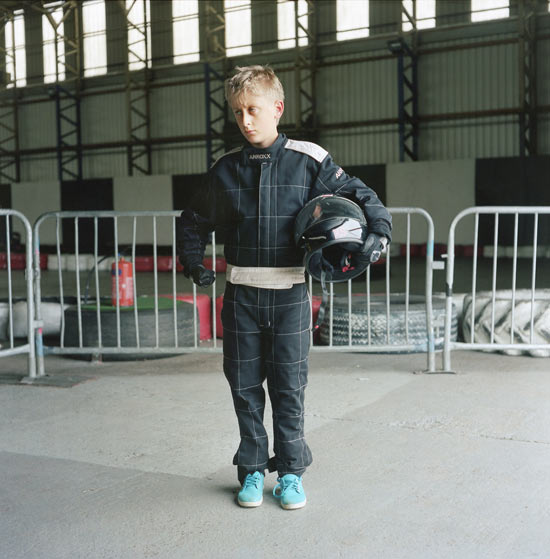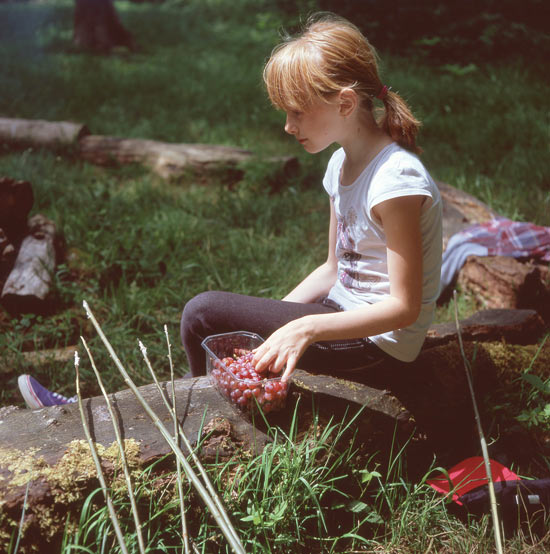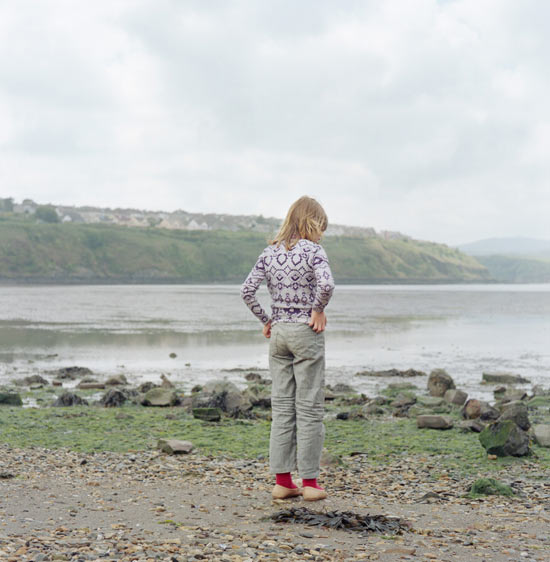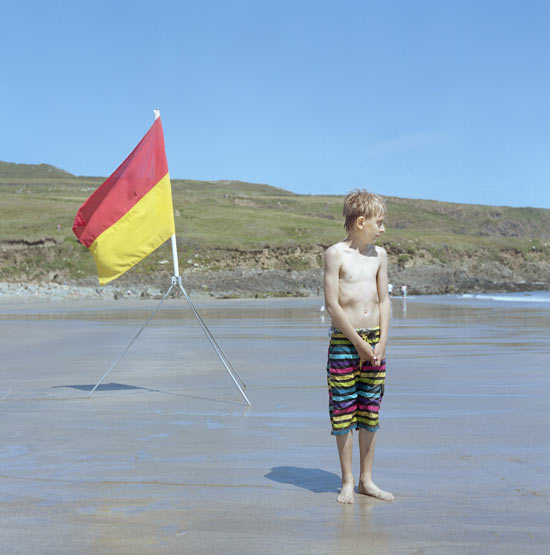An image from recent graduate
Ima Mfon's wonderful series graced the publicity for the School of Visual Arts 2015 Thesis Exhibition in New York, and his large print there was very impressive. Ima agreed to a feature and his photographs look spectacular in the magazine!
"As an African living in America, I find that the line between celebrating and exoticizing African culture is increasingly blurry. To add some clarity to the current discourse, I photograph my subjects in an elegant and direct manner. It is my hope that this will create a connection between subject and viewer. It's also my way of challenging viewers to understand what it is like to be 'the other.' Above all else, it is a reminder that the culture and identity of a people should be always be appreciated, respected and honored."
Ima's full statement on the project:
"Nigerian Identity is a series of photographic portraits of my fellow Nigerians in which all people are presented in a uniform manner: photographed on a white seamless background, looking directly into the lens, and enhanced so that their skin tones are virtually identical. The idea behind this discipline stems from my experiences living in America.
"Black" has always been used as a generic descriptive label. "The angry black guy", "The new black sitcom". I see myself as being more than just black. However that is usually not how I am perceived in America. Regardless of my unique heritage, I am reduced to being just black. The homogenization of the skin tones in my project is my commentary on the tendency to reduce people to just a color. In these images, the skin tones are rich, deep and beautiful to celebrate our beautiful skin, for which we are often oppressed and marginalized.
Drawing inspiration from photographers who have created typologies of their subjects, including the German August Sander, the American Richard Avedon, and the Nigerian photographer J.D 'Okhai Ojeikere, I use a plain background to eliminate any cultural or ethnic context, whether of urban disrepair or African wilderness. I want to contest the superficial travel or tourist photography approach to peoples who may be unfamiliar to the photographs' viewers. The square format and plain background allows the viewer to fully engage the subject with their gaze and all the emotions conveyed.
As an African living in America, I find that the line between celebrating and exoticizing African culture is increasingly blurry. To add some clarity to the current discourse, I photograph my subjects in an elegant and direct manner. It is my hope that this will create a connection between subject and viewer. It's also my way of challenging viewers to understand what it is like to be "the other." Above all else, it is a reminder that the culture and identity of a people should be always be appreciated, respected and honored."
Follow Ima on Instagram @ima_mfon
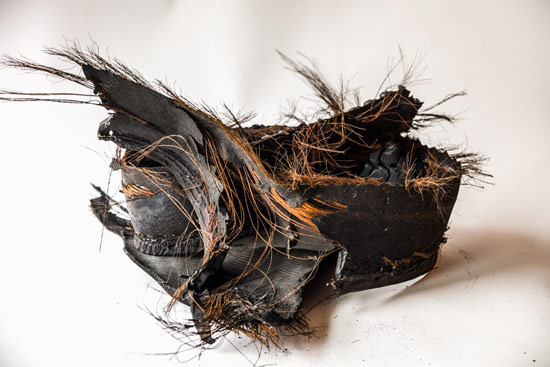
Nanette Rae Freeman is an inspiration this week. She submitted this series of still life photographs of blown-out tires that she made, which helped deal with the death of her husband of 25 years in a road accident. Big respect to you, Nanette.
"My husband was killed on July 18, 2011, on a motorcycle speeding down the Dan Ryan Expressway on his way to work. In the wake of this unfathomable loss, I began to find fascination in the remains of blown out tires on the expressway. One day the violent energy of a blow out jolted me to the point that I felt compelled to stop and retrieve it. I finally had something tangible that evoked feelings of trauma, violence and even death. I found a surprising comfort in the physicality of the mangled tire. It connected me to my husband, Fred, whose body and mind I lost in this harrowing accident."
"For this body of work, I've been employing found blown-out tire shreds to document them as a photographic material. I photograph them in a way that exemplifies their physical features which helps me interpret and transform them. The rendering of rich textures aims to inspire memories of skin, hair and other humanizing elements - elements torn and obliterated from their former shape, which is very much like the relationship I now share with my husband."
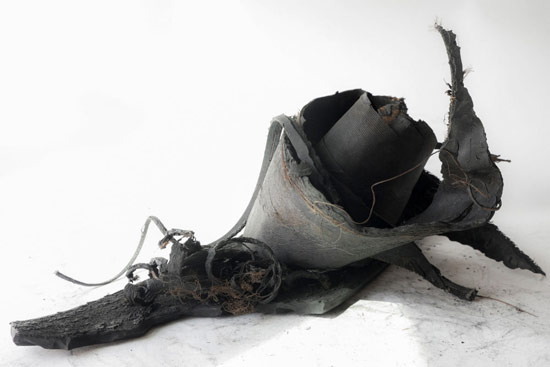
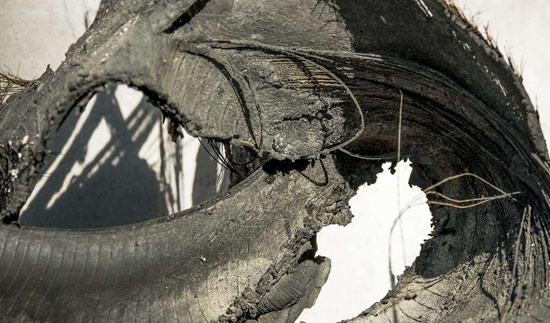



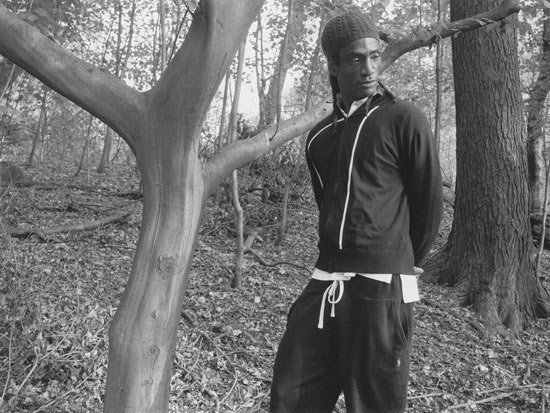
Thomas Roma's portraits and landscapes were made across four years in the gay cruising ground of Brooklyn's Prospect Park. These intimate photographs of men and the woods in which they cruise are surprisingly frank, given the fact that most of us (straight) people have no idea what goes on in certain areas of our local parks, and would imagine more furtive behaviour than posing.
Roma's new book, "In the Vale of Cashmere" is out now from
powerHouse Books. In the foreword, speaking in regard to the need during much of our history for gay men to meet in secret, G. Winston James ponders "...the question of whether it is necessary, possible, and valuable to have privacy in public."
"This book is not a review of architectural history and park design, but rather a photographic examination of this particular urban landscape and its function vis-à-vis gay (sub)culture and social and sexual desire. That is to say, this is not so much a book about a place in Brooklyn's Prospect Park, as it is about the Black, Latino, and other gay and bisexual men who frequent it at odd hours as a place."
An exhibition is showing now at
Steven Kasher in New York, through December 19th, 2015.

Studio 54 © Bill Bernstein / Reel Art Press
Bill Bernstein is well known for his work with musicians, celebrities, and much more, and not least of all as Paul McCartney's personal photographer of many years.
Disco: The Bill Bernstein Photographs is out now from
Reel Art Press. Bill was on assignment shooting an awards dinner at New York's notorious nightclub, Studio 54. As the dinner ended, the clubbers arrived. Short on film, Bill bought ten rolls off a fellow photographer and stayed for the night. Thus began a project shooting New York's then-vibrant and ever-notorious nightclub scene.
From the book's foreword, by
Horse Meat Disco's James Hillard: "These shots capture the very essence of what going out was, is, and should be, all about. They showed the true democracy of the dance floor where anyone could be a star, as long as they had the right attitude and flair ... The pictures in this book are a document of an incredibly exciting and creative time, not only in music, but also in social, political and fashion history too.
"During this time of gay liberation, women's rights and racial equality, the dance floor transcended sex, age and status. As the Disco Bats glided across the ceiling at Barnum's, Wall Street suits partied beneath with transgender party people. Manhattan was the epicentre of disco, and Bill Bernstein captured it all."
Personally I am sorry I wasn't born a decade earlier to experience the disco scene but I have been happy to enjoy its legacy, House music.
The release will coincide with an exhibition at
Serena Morton Gallery in Ladbroke Grove, West London, from 3 December 2015 - 24 January 2016.
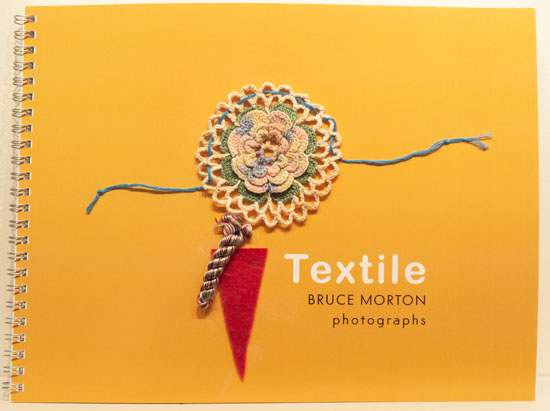
Bruce Morton and I met two years ago, at the
PhotoNOLA portfolio reviews, and we really connected on a personal level, mainly because he is a really smashing person, with a solid love of and interesting eye for his artistry. Bruce has been keeping me posted, as well he ought. His book
Forgottonia showed the marvelous folk living in an isolated community in Illinois, and at last count was in its third printing.
Bruce recently sent me a copy of his newest book venture, a rather gorgeous, scrap-bookish, but delightfully made limited edition piece that intersperses images that feature material, with material! I absolutely love my copy.
There are only 50 copies being made and most of them are sold, and at $20 each I can see why. Something different, something really tactile. Just great! Preview the book and
buy your own unique version via his website.
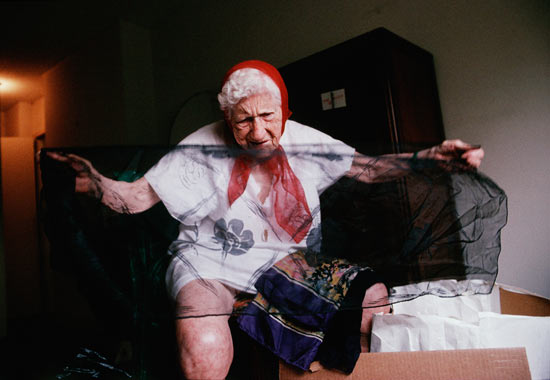
""
Mommie: Three Generations of Women" is a remarkable photographic portrait of three generations of women in the family of photographer
Arlene Gottfried and an intimate story of aging and the inevitable passage of time. Pictured within, we are introduced to Gottfried's 100-year-old immigrant grandmother, fragile mother, and reluctant sister over the breathtaking course of 35 years."
I am thrilled to see another book from the archives of the one-and-only Arlene Gottfried. Arlene is one of my all-time favourite people, and well deserves the recognition her fabulous historic records of New York are receiving. Off the streets and into her own home, Arlene's "Mommie" shows what it was like "living as many mid-century Jewish New York families did, the Gottfrieds were not wealthy and lacked any trappings of luxury. Close examination of their world on Avenue A in Manhattan's Lower East Side reveals a dimly lit small apartment, cartons of budget saltines and groceries, chipped paint, damaged floor tiles, guarded loose change, and well worn clothes - details natural to the lives of many families of immigrants in New York."
Mommie and Karen
Karen and cherry blossoms
Mommie kissing Bubbie
Bubbie

This is just one aspect of
Sheri Lynn Behr's ongoing coverage of surveillance, "Be Seeing You." She began observing the daily intrusions several years ago and has only had more material to work with since. In the city we are recorded incessantly; some of the cameras blend sneakily into their surroundings, others feel stuck right in your face like the lens of
Bruce Gilden. But Sheri also finds cameras in fields, seemingly surveilling sheep.
"We know that cameras are everywhere. We try to avoid people pointing smartphones and other hand-held cameras at us as we walk down the street, but are we conscious of all the cameras lurking above us? We know we're being watched, even in the most benign locations, yet as we become more accustomed to the presence of surveillance cameras, we stop paying attention.
"For NoMatterWhere, I photograph streets, buildings and walls, pointing my camera at the cameras that are watching me, some more noticeable than others. While I certainly believe that Big Brother can be useful in some cases, I also think we need to be more aware of the scope of surveillance in our daily lives-and how it impacts our privacy. I make these photographs to raise questions that come from the claustrophobic sense of being constantly observed, no matter where we find ourselves." Sheri Lynn Behr
Pierre Elliott Trudeau, was the 15th Prime Minister of Canada from April 20, 1968, to June 4, 1979, and again from March 3, 1980, to June 30, 1984. Karsh photographed him during both his tenures. His son, Justin Trudeau, was just elected PM this week.

"The pull of the ocean surrenders to the pull of the sky."
The start of a new series, these inverted seascapes are hot out of
Michael Massaia's magic darkroom. Massaia spent a lot of time by and in the ocean in his youth. Now he finds himself taking a different view of the elements he reveres.
He shoots black and white film, develops in pyro, and is hand printing 20 x 24 and 50 x 70 inch gold tone gelatin silver prints. Mmmmm.
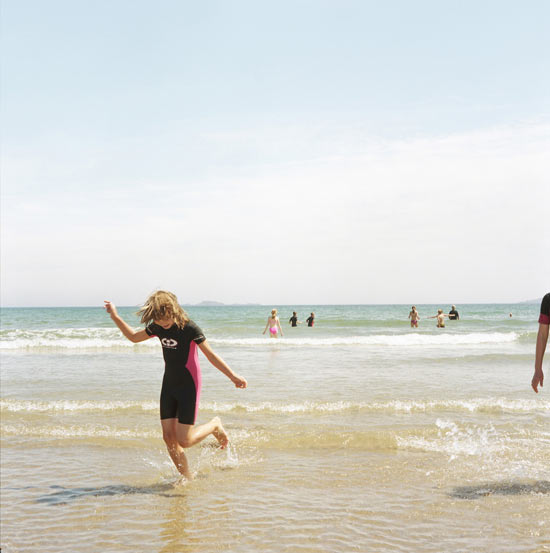
British photographer
Mark Griffiths photographed eight children from Belarus taking a month-long recuperative trip to Pembrokeshire in Wales, U.K., thanks to
Life Line children's charity in Chernobyl.
The 1986 Chernobyl nuclear plant meltdown was the biggest nuclear catastrophe in world history. Now apparently "85 per cent of Belarusian children are deemed to be Chernobyl victims: they carry "genetic markers" that could affect their health at any time and can be passed on to the next generation. A vicious cycle that unfortunately could continue for hundreds if not thousands of years."
Mark told me "Clean air and uncontaminated land can reduce radiation levels in their immune system by up to 68 per cent which helps fight illnesses and diseases and can add years to their lives."
Since they started in 1992,
Life Line has brought 46,000 children over to stay with host families.
"Before this tragic event, Belarus was known as the breadbasket of Russia, with a stable economy. Now the people live with radiation all around them. They drink contaminated water and wash with it. There is very little to eat in Belarus and what there is, has a high chance of being contaminated. The compromised food chain means that they now have to import a high proportion of their foodstuffs. The most disadvantaged have no option but to eat crops grown in the contaminated earth - a vicious cycle.
The Chernobyl Children's Life Line looks after children who are ill, organising respite breaks to Great Britain to give them a chance to live in a "clean" environment and eat uncontaminated foods for a month. During their stay all of the children receive medical attention such as dental care and having their eyes tested."



